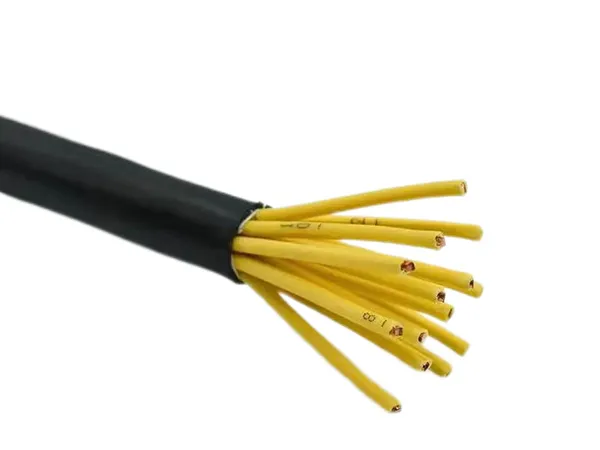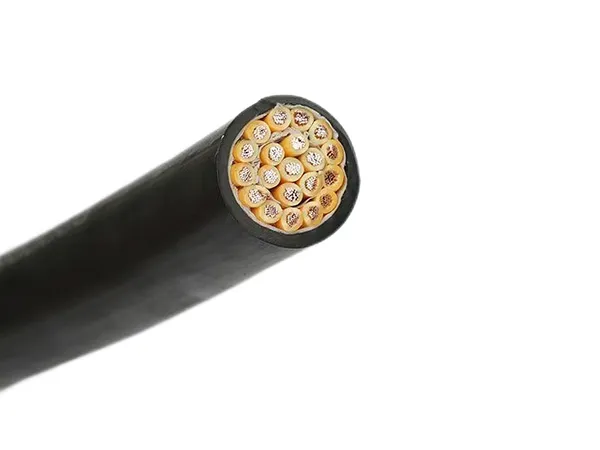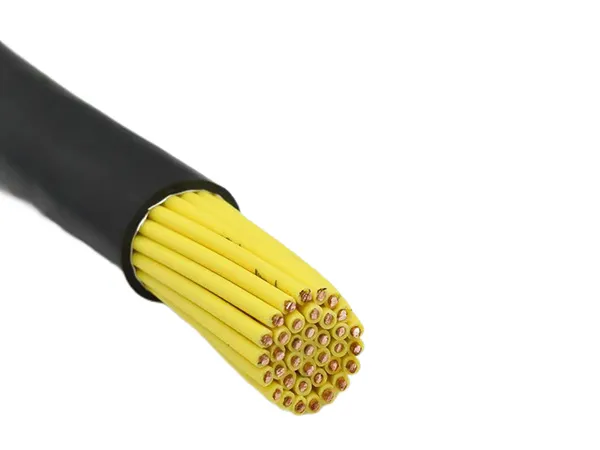Time: 2024-12-16 01:11:52 Source: Henan Province Jianyun Cable Co., Ltd.
Control cables are specialized cables used to transmit control signals for monitoring, operation, and regulation in automated systems. They are versatile and used in industrial environments, machinery, power plants, and more. The types of control cables are categorized based on construction, material, and application.

Purpose: Used where electromagnetic interference (EMI) protection is required.
Types of Shielding:
Foil Shielding: Thin metal foil provides basic EMI protection.
Braid Shielding: Braided metal wires provide stronger shielding against EMI.
Combination Shielding: Combines foil and braid for maximum protection.
Applications: Industrial automation, signal transmission, and environments with heavy electrical noise.
Purpose: Used in environments with minimal EMI.
Advantages: Lighter, more flexible, and cost-effective compared to shielded cables.
Applications: General-purpose control circuits in non-EMI-prone environments.
Insulation: Polyvinyl chloride (PVC), which provides good electrical insulation and durability.
Characteristics:
Flame-retardant.
Resistant to oils, chemicals, and moisture.
Applications: Indoor installations, control panels, and fixed wiring.
Insulation: Cross-linked polyethylene (XLPE) for higher temperature resistance.
Characteristics:
High insulation resistance.
Withstands high operating temperatures.
Applications: High-temperature environments, outdoor installations.
Construction: Metal armor layer for mechanical protection.
Characteristics:
Robust and durable.
Suitable for underground and outdoor installations.
Applications: Areas prone to mechanical stress or external damage, like construction sites or industrial plants.

Purpose: Designed for flexibility to handle repeated bending and movement.
Characteristics:
Often made with fine-stranded conductors.
Durable and resistant to wear and tear.
Applications: Moving machinery, robotics, conveyor systems.
Construction: Multiple insulated cores within a single cable.
Advantages:
Simplifies wiring by combining multiple signal lines.
Saves space and cost.
Applications: Complex control systems, automation, and instrumentation.
Flame-Retardant Cables: Designed to resist the spread of fire.
Fire-Resistant Cables: Capable of maintaining functionality during a fire for a specified time.
Applications: Critical systems like fire alarms, emergency lighting, and control systems in hazardous environments.
Insulation Material: Produces minimal smoke and no toxic halogen gases during combustion.
Applications: Environments where human safety is critical, such as hospitals, airports, and enclosed public spaces.
Purpose: Specialized for transmitting low-voltage control and monitoring signals.
Construction:
Shielded to prevent interference.
Designed for accurate signal transmission.
Applications: Process control, instrumentation, and monitoring systems.
Insulation Material: TPE, known for flexibility and resistance to harsh conditions.
Characteristics:
UV-resistant.
Suitable for extreme weather conditions.
Applications: Outdoor installations, portable equipment.
Construction: Resistant to oils, grease, and lubricants.
Applications: Machine tools, industrial machinery, and environments where oil exposure is common.
Construction: Robust outer sheath and often armored for underground use.
Applications: Buried control systems for power plants, substations, and industrial sites.

Construction: Twisted pairs of conductors within a cable.
Advantages:
Reduces crosstalk and electromagnetic interference.
Applications: Signal transmission, instrumentation, and telecommunications.
The choice of control cable depends on the environment, application, and requirements such as flexibility, EMI resistance, fire resistance, or durability. For industrial and automation settings, selecting the right cable ensures system reliability and safety.